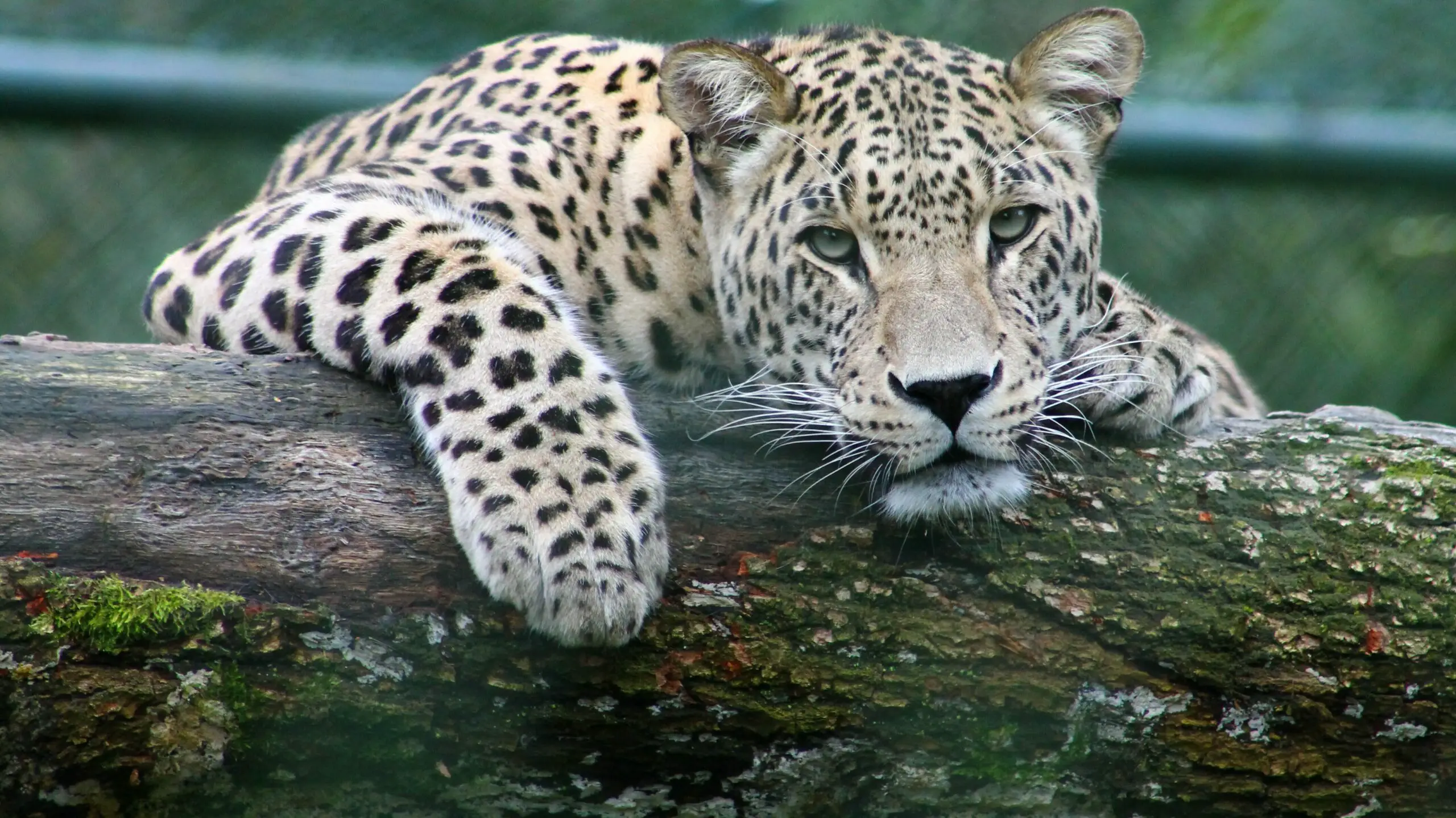The concept of animals killing for “fun” is complex and debated among experts in the field of animal behavior. While animals primarily kill for survival, food, or protection, there are instances where some animals exhibit behaviors that may seem to resemble killing for pleasure or amusement. However, it’s important to note that such behaviors are often influenced by various factors, including instinct, natural selection, environmental factors, and individual differences.

One animal species that is sometimes associated with killing for “fun” is the domestic cat (Felis catus). Cats are known for their hunting instincts, which are rooted in their evolutionary history as carnivorous predators. Cats, both domestic and wild, often engage in hunting behavior to catch and kill prey. While the primary motivation for hunting in cats is to obtain food, there are instances where cats may exhibit playful hunting behavior, which some people may interpret as killing for “fun.” Cats are known to stalk, chase, and capture small animals, such as mice, birds, and insects, even when they are not hungry. This behavior is thought to be influenced by their innate predatory instincts and their natural playfulness, rather than a genuine sense of “fun.”
Another example of an animal that may exhibit behavior that could be interpreted as killing for “fun” is the orca, also known as the killer whale (Orcinus orca). Orcas are highly intelligent and social animals that are known to be apex predators in the marine ecosystem. They are known to hunt and kill various marine mammals, such as seals, sea lions, and even other species of whales. However, there have been documented cases where orcas have been observed engaging in prolonged and seemingly playful interactions with their prey, such as tossing them in the air or playing with them before eventually killing them. Some researchers speculate that this behavior may be a form of play or social interaction among orcas, rather than a deliberate act of killing for “fun.” However, more research is needed to fully understand the motivations behind this behavior.
It’s important to note that the concept of animals killing for “fun” may be subjective and anthropomorphic. Animals do not have the same moral and ethical framework as humans, and their behaviors are primarily driven by instinct, survival, and natural selection. Animals typically do not exhibit behavior with the intention of deriving pleasure or amusement in the same way that humans do. The behaviors that may appear to be killing for “fun” in animals are often rooted in their natural instincts, such as hunting, territorial defense, or reproductive competition, which are necessary for their survival and reproduction.
It’s also essential to consider the ecological context in which animals exhibit certain behaviors. In some cases, behaviors that may seem like killing for “fun” could actually serve ecological purposes, such as maintaining population balance or controlling the spread of disease. For example, some predators, such as wolves, are known to cull weak or sick individuals from their prey population, which can help maintain the health and stability of the prey population as a whole.
Furthermore, it’s important to avoid anthropomorphism, which is attributing human emotions or motives to animals. Animals have their own unique behaviors, instincts, and ecological roles, which may not always align with human perceptions or interpretations.
In conclusion, the concept of animals killing for “fun” is complex and debated among experts. While animals primarily kill for survival, food, or protection, there are instances where some animals may exhibit behaviors that could be interpreted as killing for “fun.” Examples such as the domestic cat and orca have been observed engaging in behaviors that may appear playful or prolonged, but these behaviors are typically rooted in their natural instincts, playfulness, or social interactions rather than a genuine sense of “fun.” It’s important to consider the ecological context and avoid anthropomorphism when interpreting animal behaviors.
